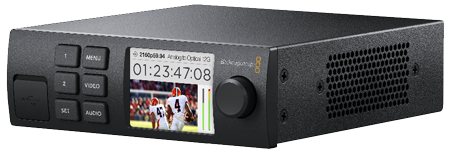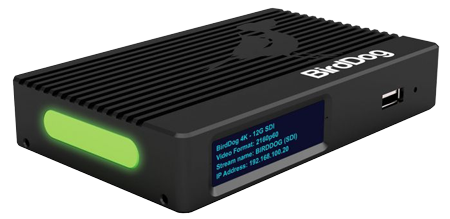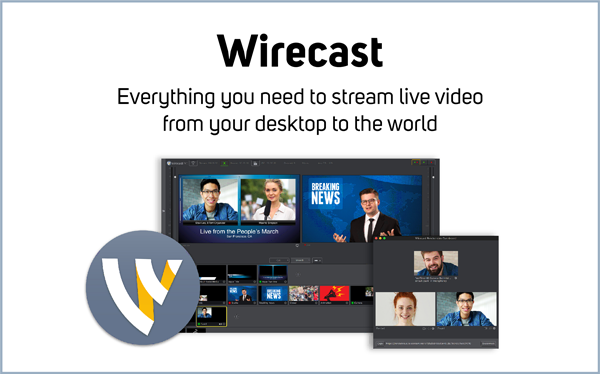Streaming & Encoding Buyers Guide
With the rise of platforms like YouTube, Twitch and Netflix, more and more people are moving towards streaming. Whilst we can all go live on our phones, getting a high quality, professional production live isn’t as scary a prospect as you may think. The process of getting your content onto the net can be broken down into two major camps, encoding and streaming, however there are devices that do both.

Choosing the right Equipment
Encoding
Encoders take a video signal and compress it into a format that is smaller and easier to stream. If we take a 4Kp50 4:2:2 SDI signal from a camera we would be using a 12G SDI connection. This means you’d be processing 12Gbps or 1.5GB per second, which unless you have some of the world’s fastest internet speeds, is going to mean a lot of buffering.

Encoders tend to use either H.264 or H.265 as their capture codec. These are very common highly compressed formats that aim to retain as much detail as possible. Both H.264 and H.265 are widely used in web delivery so even if you are using your encoder to record rather than stream, your captured videos are already in a format to upload.
Streaming hardware
When talking about streaming we are describing receiving data or video from a different device on a network. There are different methods of streaming video via hardware and the choice depends heavily on your needs. The most common standards are RTMP/RTSP, TICO and NDI.
RTMP/RTSP
RTMP (Real-Time Messaging Protocol) and RTSP (Real-Time Streaming Protocol) send data in small groups or chunks and is based on TCP. These standards allow for lightweight streaming solutions using compressed codecs. They can also be used in adaptive streaming where the bit rate of the stream can change depending on the bandwidth availability. The drawbacks of this are that the video quality may drop and as RTMP is a flash based protocol you cannot stream to devices that do not support Flash players.

TICO
TICO, or “Tiny Codec” (TIny COdec), encoding allows for transmission of up to 8K resolutions with lossless 4:1 Compression. This allows 4K resolutions to be streamed using the same bandwidth as an uncompressed HD signal. Tico is also extremely low latency allowing user selectable, fixed latencies from 2 to 16 pixel lines. TICO encoding is a fantastic way to upgrade your existing SDI workflow to include video over I/P. Due to the lossless compression TICO requires a 10Gb network which can be quite a costly investment.

NDI
NewTek introduced their Network Device Interface, or NDI, technology in 2015 and have seen an incredible uptake of It since. NDI is a royalty free standard with an available SDK which allows it to be interfaced with any other video over IP solution you may wish to use. NDI has a slightly higher latency of 8 lines for hardware encoders up to 1 field of video, and uses slightly more compression when compared to TICO however needs far less bandwidth allowing integration with existing 1Gb networks.

As with any product we always recommend ensuring that the devices you wish to connect with support the correct standards.
Software
The most common method of streaming is through the use of software. With most, if not all, streaming applications you can take multiple sources and mix between them in the same way a hardware vision mixer would. They also support graphics for lower thirds, stingers and transitions. The advantage of a streaming application is that it is not limited by the number of physical inputs it may have. Wirecast is a great example of this, as it is unlimited in the number of sources it can use. If there's a way of getting a video feed into your computer, it can be used as a source. You can also share your screen, use a media player as a source and even take a signal from your webcam or audio I/O.

To get video signals from your cameras into your streaming application you would need a I/O (Input/Output) device. You can find more information on I/O devices from our I/O buyers guide.
The best streaming and encoding products
There you have it, everything you need to know when choosing a streaming or encoding product. We hope you've found this buyers guide helpful. Don't hesitate to contact one of our friendly advisors for more advice if you still have questions on how to select the perfect streaming or encoding product. If you’re all set to go we recommend checking out the streaming and encoding products from these top brands.